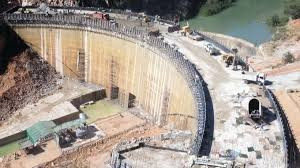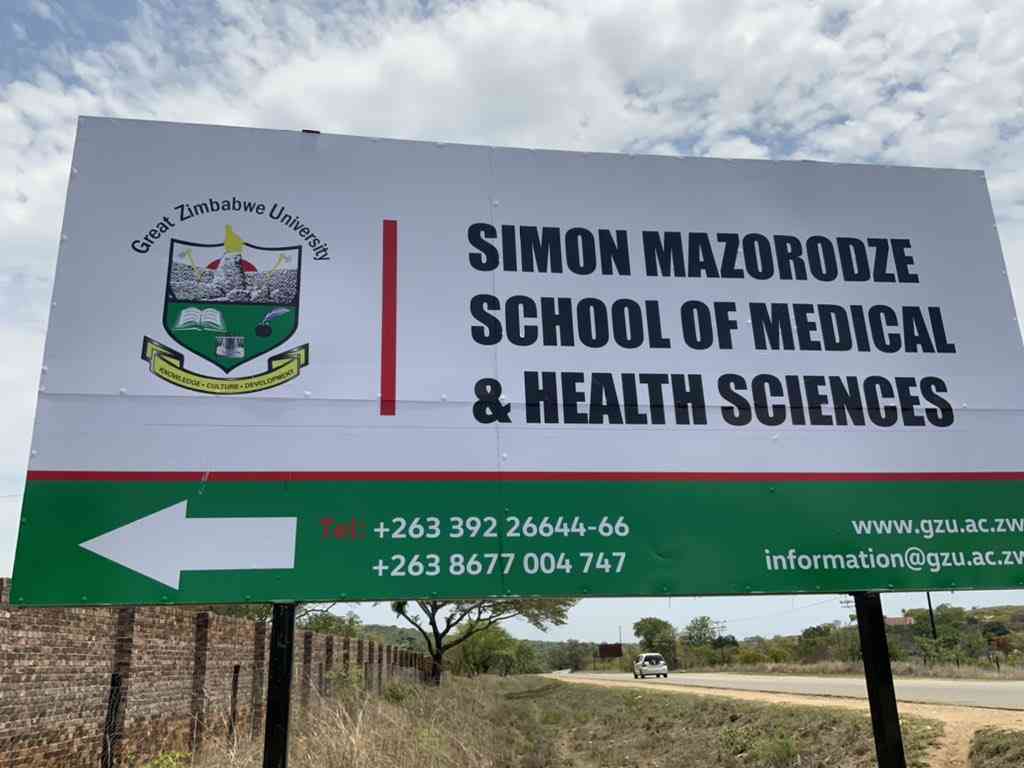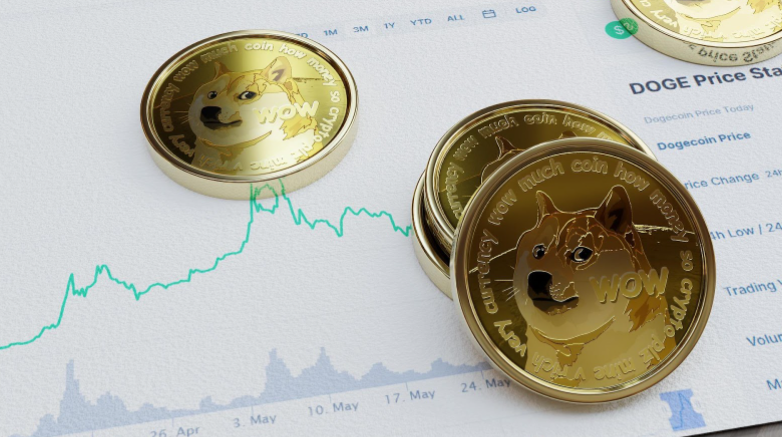
ONE of the greatest mandates of a leader is to develop other leaders and make themselves unnecessary in an institute.
This will be so because they were effective in growing and grooming other people to be leaders.
Leadership development is essential in any organisation because the more the leaders we have, the more we increase our results and production.
Followers are human beings like everyone else and they can be developed into leaders.
They need care, tutelage, encouragement and development.
The moment followers know that you care for them, it becomes easy for a leader to help them develop into leaders.
People feel it when they are underused, abused and overused even though you don’t express it.
It is easy for people to excel when they know that they have your 100% support from the leader.
- Out & about: Warner Music Group squashing the impossible
- Ex-ChiTown chamber secretary fails to stop trial
- Parly caucus on PWDs mooted
- Directors call for workplace shift post Covid restrictions
Keep Reading
It has been said, people don’t care how much you know until they know how much you care.
People are beings with infinite potential which must be creatively challenged and channelled.
People will amaze you how they will devise solutions to the challenge at hand.
When you make people contribute with their ideas, creativity, talents and innovativeness, you make them feel important and it becomes easy for them to do more even in your absence.
In this epoch the most important resource or asset in any organisation are people.
We need to grow people with a mindset for the fast future that we are getting into.
Organisations need to learn this as to assume peak performances and increased productions.
Any company that does not invest in its people is short-charging its effective functions thereby crippling its future.
Worse still, any institute that does not want to invest in leaders could be headed for a loss in profits and results.
Most companies would rather acquire new equipment for better effective and fast production, than improve and grow employees into leaders.
Some have their buildings extended.
Others even went to an extent of throwing expensive end-of-year-parties just to worsen the ignorance of employees into drunken dummies.
Great and good leadership needs to be rewarded.
How do we measure that? Is it by people following? Or the leaders that were trained or groomed? I would, to a greater extent, opt for the latter.
Mindset upgrade
People that are making a great change are the ones that think outside the box.
People have so much potential that as a leader one could encourage them not to limit themselves to the norm.
The mind and the inborn creativity works like a muscle, it grows with exercise.
To make other people know that they can be leaders, make them contribute by means of ideas.
This cultivates an atmosphere of creativity, innovativeness and inventiveness.
As a leader one has an obligation to teach people how to do things but that’s not the end of the game.
If we want to grow people that think and are leaders, in most cases we have to show them the purpose and they will amaze you as they pave a path to getting there.
Idea generation
Help people find what they love to do.
As the founder of Apple, Steve Jobs, once said at the Stanford University in 2005: “The only way to be truly satisfied is to do what you believe is great work. The only way to do great work is to love what you do.”
This motivates a person to do more and be more.
Yes, one needs to set high standards in the execution of duties, but give people the responsibility and liberty to do their work without interfering, unless it’s for the purposes of guidance.
The major role of a leader is to convince followers to answer the WHY question and let them work on the WHAT and the HOW part of it.
When you care, they grow
Great leaders lead with their hearts. They mentor, motivate and map-out how others can possibly get to the top.
Max De Pree, in an interview contained in the book Leader to leader (1999, 22), says “. . . the primary purpose of power is not to use it, but to share it”.
In olden days, leaders used to use a mace (a rod or stick) to scare a servant into doing a task, but that’s no longer the case now that word stands for Mentor, Advice, Coach and Encourage (MACE).
You can’t do all those things using force, it takes the heart.
Mentoring is about showing and sharing how to get the best results.
Advice is about counselling a person why we want those results.
Coaching is about instilling the right attitude to get the results.
Then finally, we encourage people not to throw in the towel when the process gets tough.
Agility
Dogma has little place in leadership.
The system of belief as a leader should permit adjustments.
These adjustments are at times brought by people that we simply take as employees.
Be flexible to receive advice even from a person that has a lower rank.
Secondly, be flexible enough to anticipate change.
Invest in leaders
Every future minded corporate, government institute, religious ministry or any non-governmental organisation should invest in its people.
There must be in-house training programmes.
Employees should attend leadership seminars or to be involved in professional leadership fellowships.
I have spoken to companies that would go out of their way to order books on leadership that suit their special needs.
Parting point: As we look into the future, what we need are transformational leaders.
We need not leaders with power, but who empower others.
There are more reasons why we should never stifle people to get better in life.
One life’s principle that I have learnt over years is that the more I teach things to others the better I become as a teacher and more importantly as a leader.
Leadership is never about power, position or being on the podium, it’s about benefiting other people and leaving legacy.










